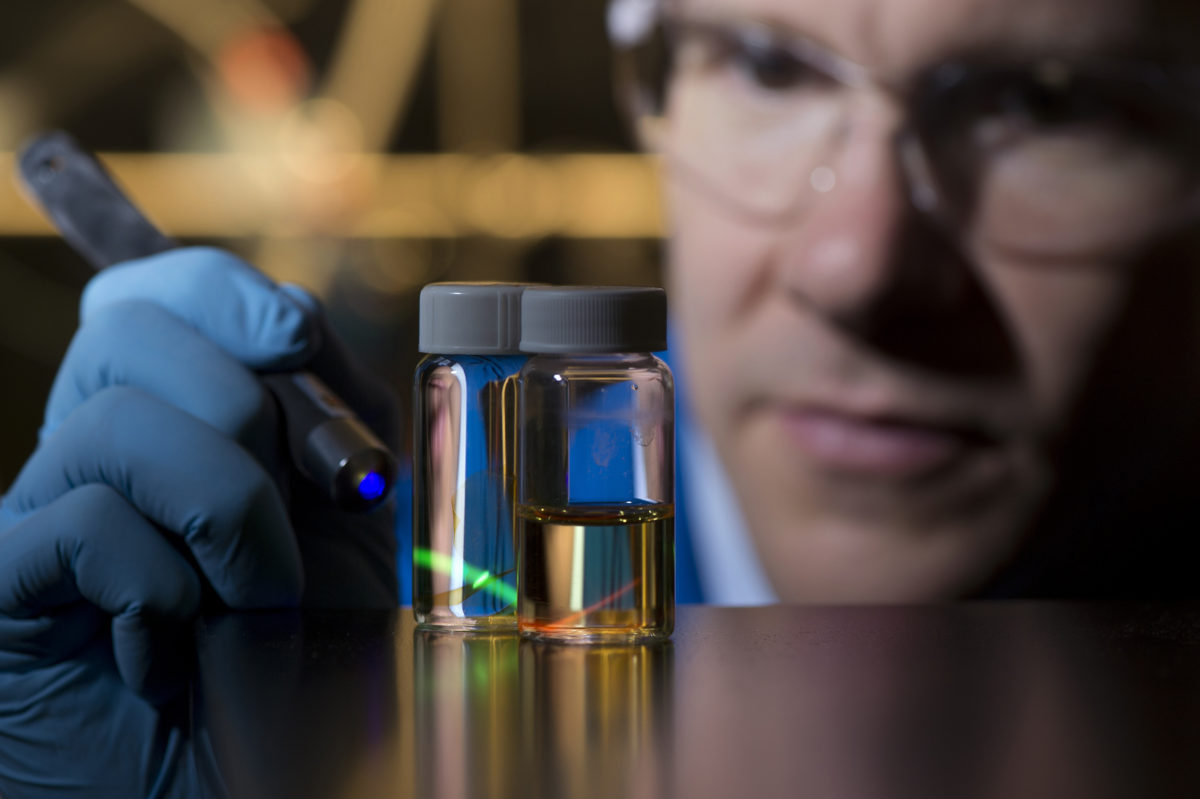UCI researchers bound photosensitive dyes to common plastic membranes and added water. The device they have created is described as similar to existing PV technologies, but it differs in a fundamental way – electricity is generated through ions rather than electrons.
The researchers say that their device, named the synthetic light-driven proton pump, could be practically used for low-cost seawater desalination. “The materials used to make such a device can be dirt cheap,” says Shane Ardo, Senior Author of the paper published in the journal Joule. “We’re talking about common polyethylene plastic, light absorbing dye molecules and water.”
The device is based on dual layers of dye coated ion transporting membranes. When struck with simulated sunlight, the dye releases ions. Positively charged protons pass through one layer, while negatively charged hydroxides pass through the other. In tests, the membranes developed by Ardo’s team generated an average of 60 millivolts.
The concept for such a device has existed for some time, according to the researchers, but previous research has failed to produce a useful device. “There had been other experiments dating back to the 1980s that photo-excited materials so as to pass an ionic current through them”, explains lead author William White. “Theoretical studies said that those currents should be able to reach the same levels as their electronic analogs, but none of them worked all that well.”
This content is protected by copyright and may not be reused. If you want to cooperate with us and would like to reuse some of our content, please contact: editors@pv-magazine.com.




Joule is a new journal launched by Eksevier, the giant vampire squid of scientific publishing. It’s very unfortunate that top-class scientists seem blind to the ethical and economic imperative to cut their scientific publishing free from the profit – making rentiers and place it in a sustainable open-access model. This is especially true in the field of clean energy, where there is enormous publuc interest in the widest possible access to research results.
Commercial publishing adds negligible value, since the research, writing, and peer review are carried out entirely by the scientists. The back office archival and distribution functions can be carried out very cheaply at cost by university libraries. Check out Tim Gowers’ blog (mathematics) and the flipping of Lingua into Glossa (linguistics).